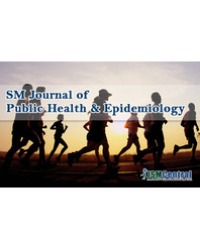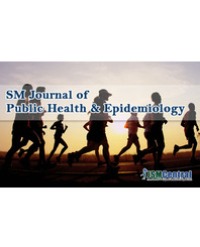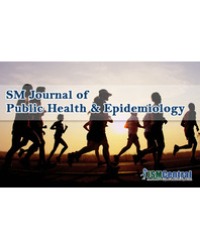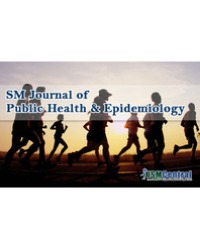
Perceived Effects of Informal Task Shifting in HIV/AIDS and Reproductive and Child Health Service Delivery in Tanzania
Background: Shortage of health workers in developing countries including Tanzania is a major obstacle to the scale-up of HIV/AIDS care, and implementation of health interventions toward achieving the Sustainable Development Goals (SDGs). This situation has necessitated informal task shifting practices that might compromise the quality of health care services. In this paper, we report Health Workers (HWs)’perceived effects of task shifting on HIV/AIDS and Reproductive and Child Health (RCH) service delivery in Tanzania.
Methods: A cross-sectional study was conducted in nine randomly selected districts identified in nine regions, Tanzania. Data were collected from HWs through interviews conducted using a structured questionnaire. This was achieved in 57 Health Facilities (HFs) including government (public) owned and faith-based ones. Data were double entered into computer using EpiData (3.1) before the analysis that was conducted with support of STATA (11) software.
Results: A total of 566 HWs participated in the study. Of these, 412 (72.8%) were females. Four hundred and forty-three (76.5%) workers reported to know others who were involved or had personal experiences in practicing duties that were beyond their official job descriptions and this is what was referred to as a kind of ‘Informal Task-shifting’. Most (n=439, 77.6%) of staff reported the latter task shifting practice to have had a positive effect on the health service delivery; ensuring continuity of health care service provision was reported by 292 (66.5%) of the respondents. Meanwhile, 281(49.6%) of the reporters claimed that informal task shifting practices had negative consequences. Of the most frequently mentioned to be negative effect was the provision of poor quality health care services to patients, as reported by 166 (n=281, 63.8%) of the workers.
Conclusion: Given the persistent HWs crisis situation in Tanzania, task-shifting was found to be highly welcome and valued among the HWs visited as it was seen as an alternative initiative for continuation of health service delivery at Health Facility levels. This informs the government of Tanzania to consider officially approving the initiative and continue monitoring its implementation in order to maintain the quality of health care services.
Jonathan M Mshana¹*, Julius J Massaga¹, Sia E Malekia¹, Vitus A Nyigo¹, Andrew M Kilale², Michael A Munga¹, John S Kunda², Adiel K Mushi¹, Godfrey M Mubyazi¹, Angela E Shija¹, Judith Msovela¹, Tina A Mtui¹, Stella P Kilima¹, Thuwein Y Makamba¹ and Mwelecele N Malecela¹




